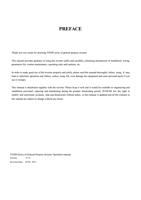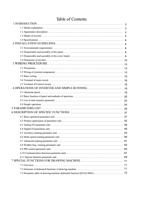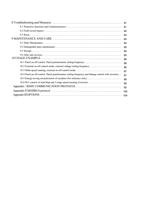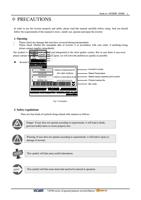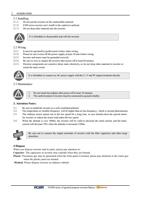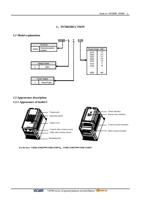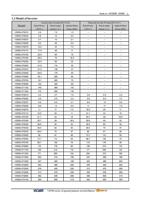- You are here:
- AM.CO.ZABuythisCNC Utilities Homepage
- EasyRoute-CNC-Router
- Component Manuals
- VICSION VS500 Inverter Manual.pdf
- Page 68 of 113
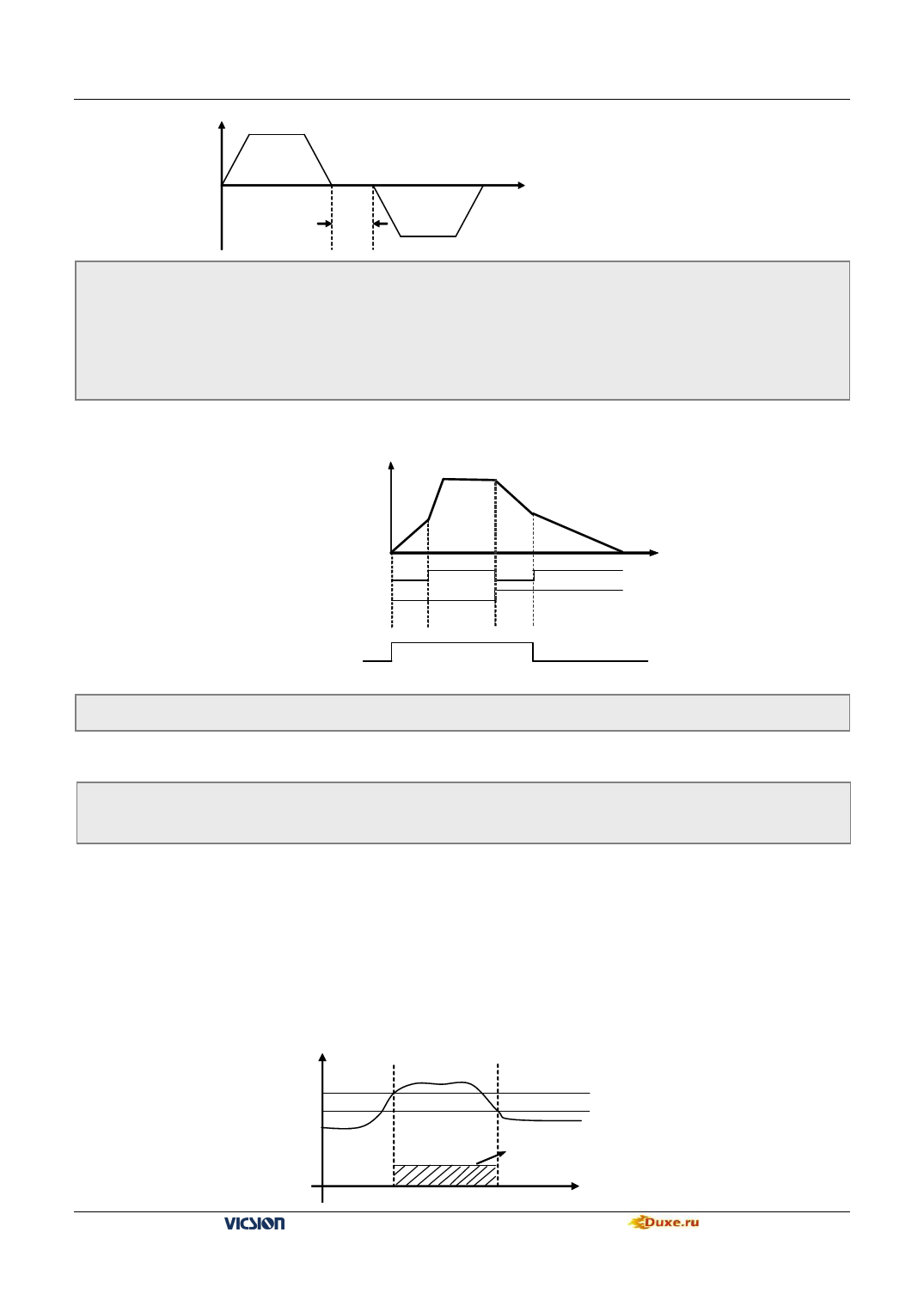
64 VICSION VS500
Output frequency
t
Fig.6-21 Dead zone between FWD and REV
[F4.16]
F4.17
F4.18
F4.19
F4.20
F4.21
F4.22
Acceleration time 2
Deceleration time 2
Acceleration time 3
Deceleration time 3
Acc time 4/Jog Acc time
Dec time 5/Jog Dec time
Setting range:0.1 ~ 6000 Sec
Setting range:0.1 ~ 6000 Sec
Setting range:0.1 ~ 6000 Sec
Setting range:0.1 ~ 6000 Sec
Setting range:0.1 ~ 6000Sec
Setting range:0.1 ~ 6000Sec
Jog frequency has the highest priority. In any state, as long as Jog instruction is input, the inverter will
transit to run at Jog frequency according to the setting Acc and Dec time.
f
t
Acc/Dec terminal 1
Acc/Dec terminal 2
Acc/Dec Acc/Dec
time1 Time2
Acc/Dec
Time 3
Acc/Dec
Time4
Running instrum ent
Fig.6-22 Acc/Dec time selection
F4.23 Modified rated of UP/DW terminals
Setting range:0.01 ~ 100.00 (Hz/Sec)
It defines rate that terminals UP/DW modify setting freq. Speed of F4.23 isn’t controlled by Acc/Dec time
F4.24 Start voltage of dynamic braking
F4.25 Action ratio of dynamic braking
Setting range:600 ~ 750 V
Setting range:10 ~ 100(%)
Those parameters are valid for inverter with the inner brake unit. And they define the action parameter of inner brake
unit. When inner DC voltage of inverter is higher than the start voltage of dynamic braking, the inner brake unit will
act. If inverter connects external brake resistance, DC energy of inverter will be release by it to decline DC voltage.
When DC voltage declines to the certain value ([F4.24]-50V), inner brake unit of inverter will be off, shown as
Fig.6-23.
Brake unit action ratio is used for defining the voltage on brake resistor, and the voltage on brake unit is Voltage PWP.
Duty cycle equals break action ratio. The ratio is larger, and the energy is consumed more quickly, at the same time,
the power of brake resistor is bigger. User can set parameter according to the
resistance and power of resistor and actual brake effect.
DC
Voltage
[F4.24]
[F4.24]-50V
Brake unit acts
Fig.6-23 dynamic braking
t
VS500 series of general purpose inverter Duxe.ru

